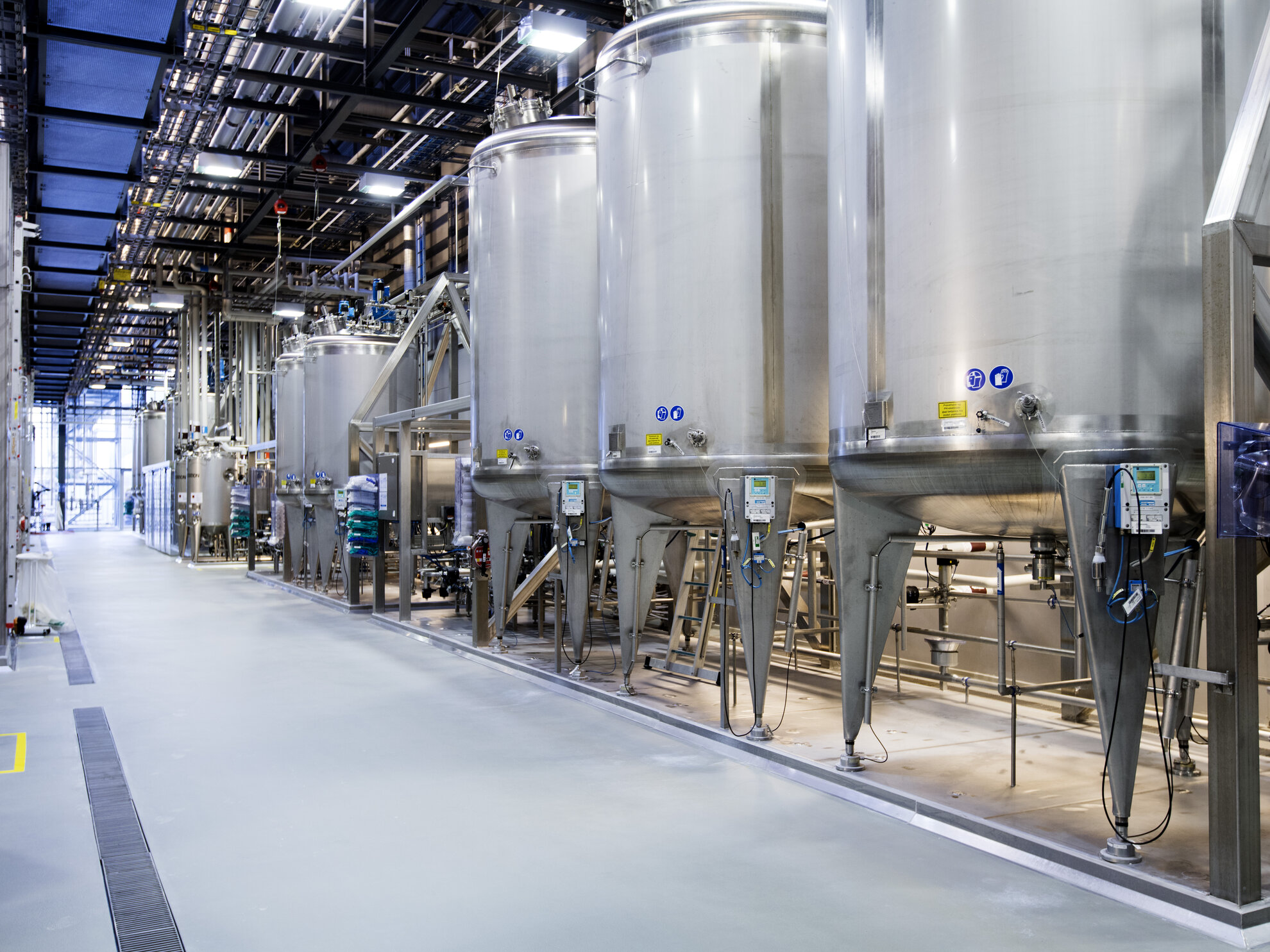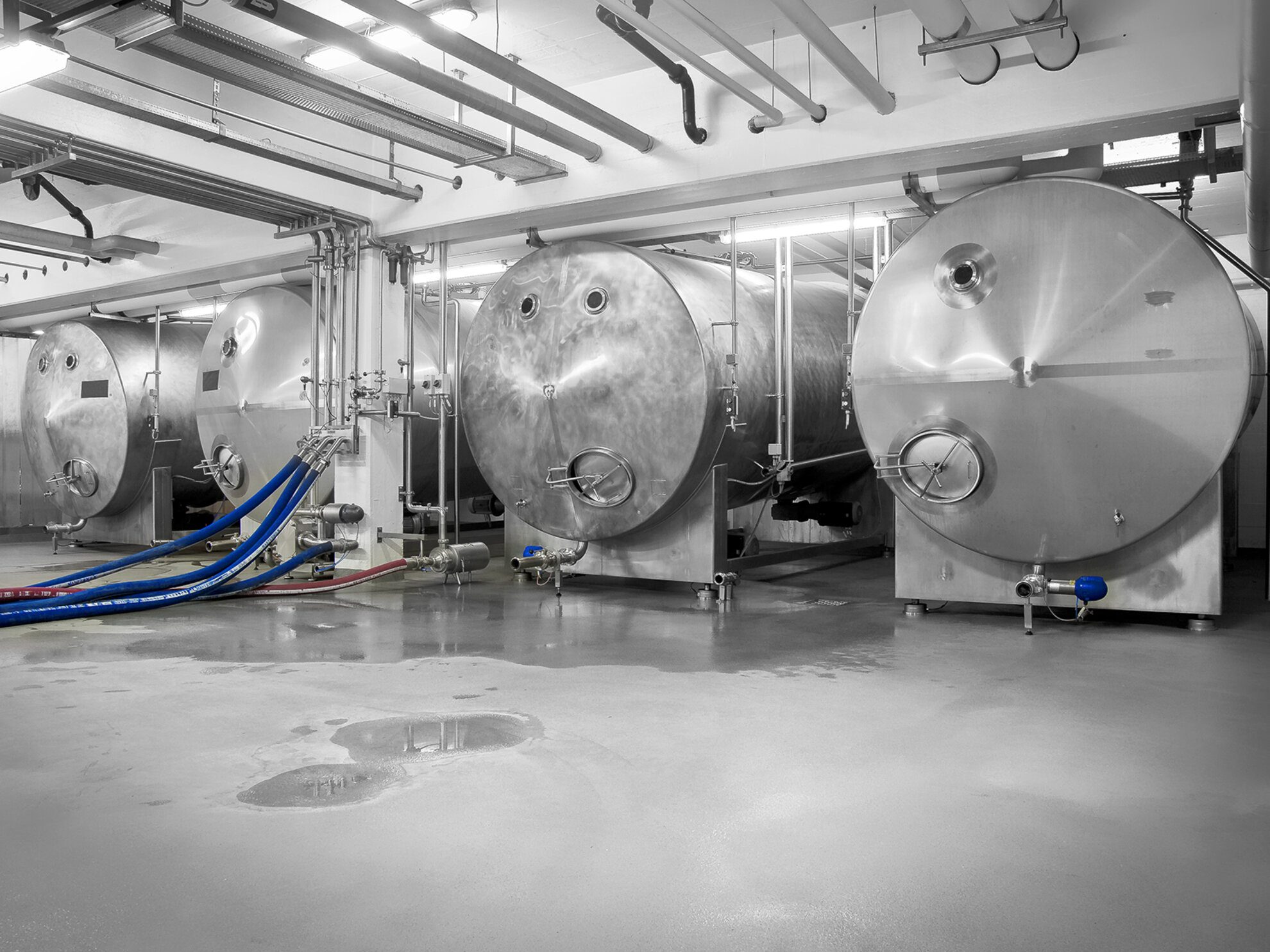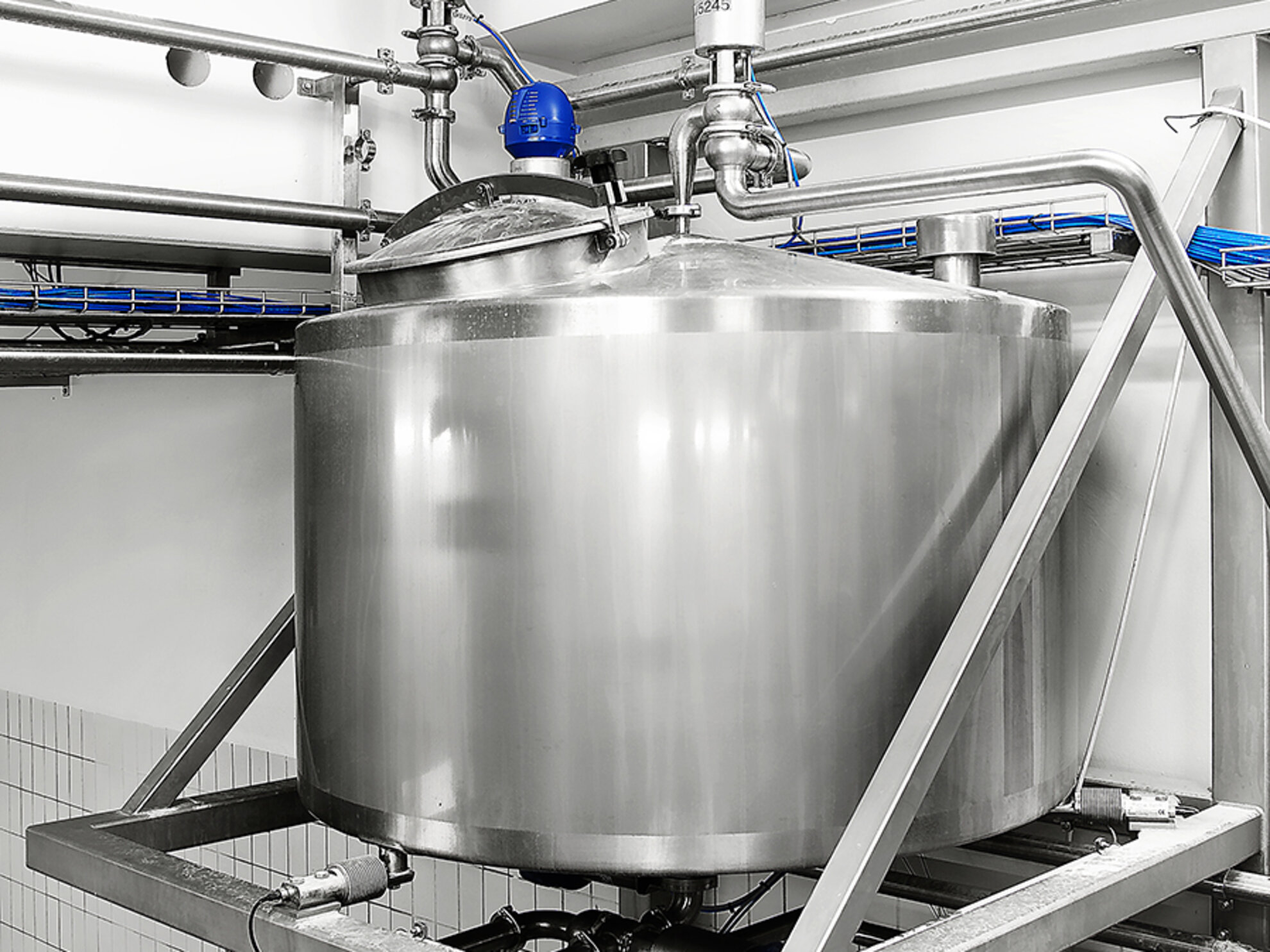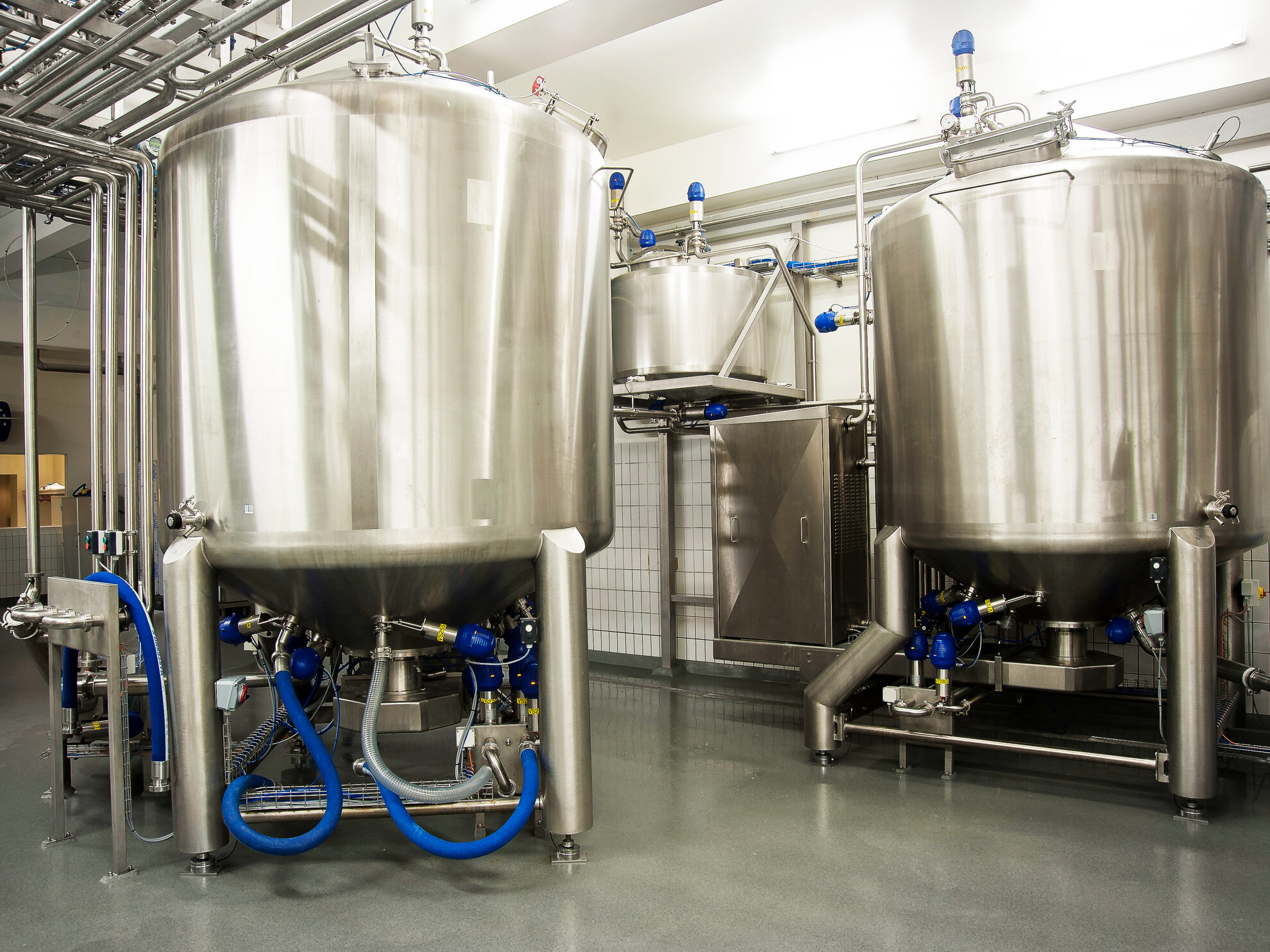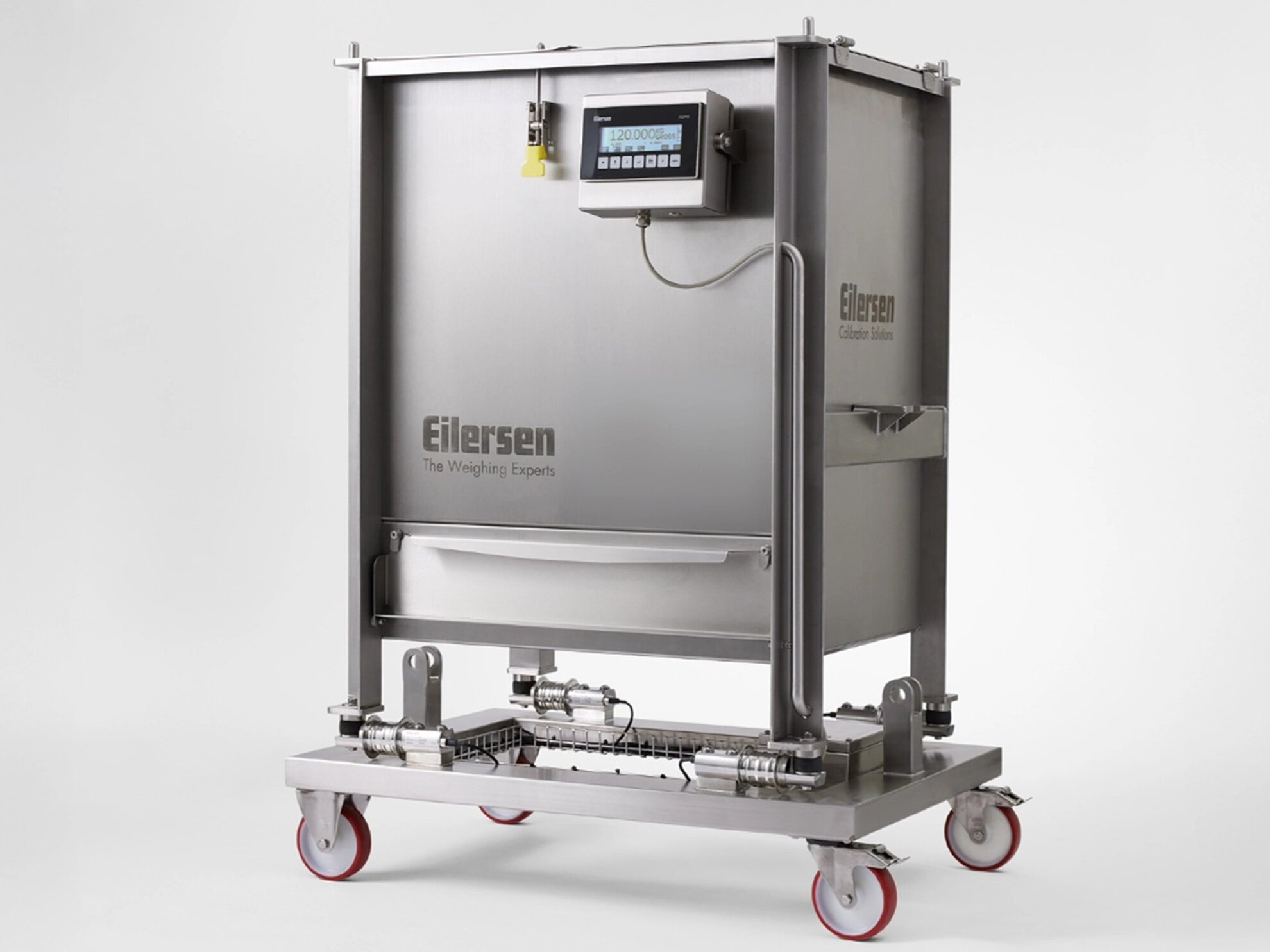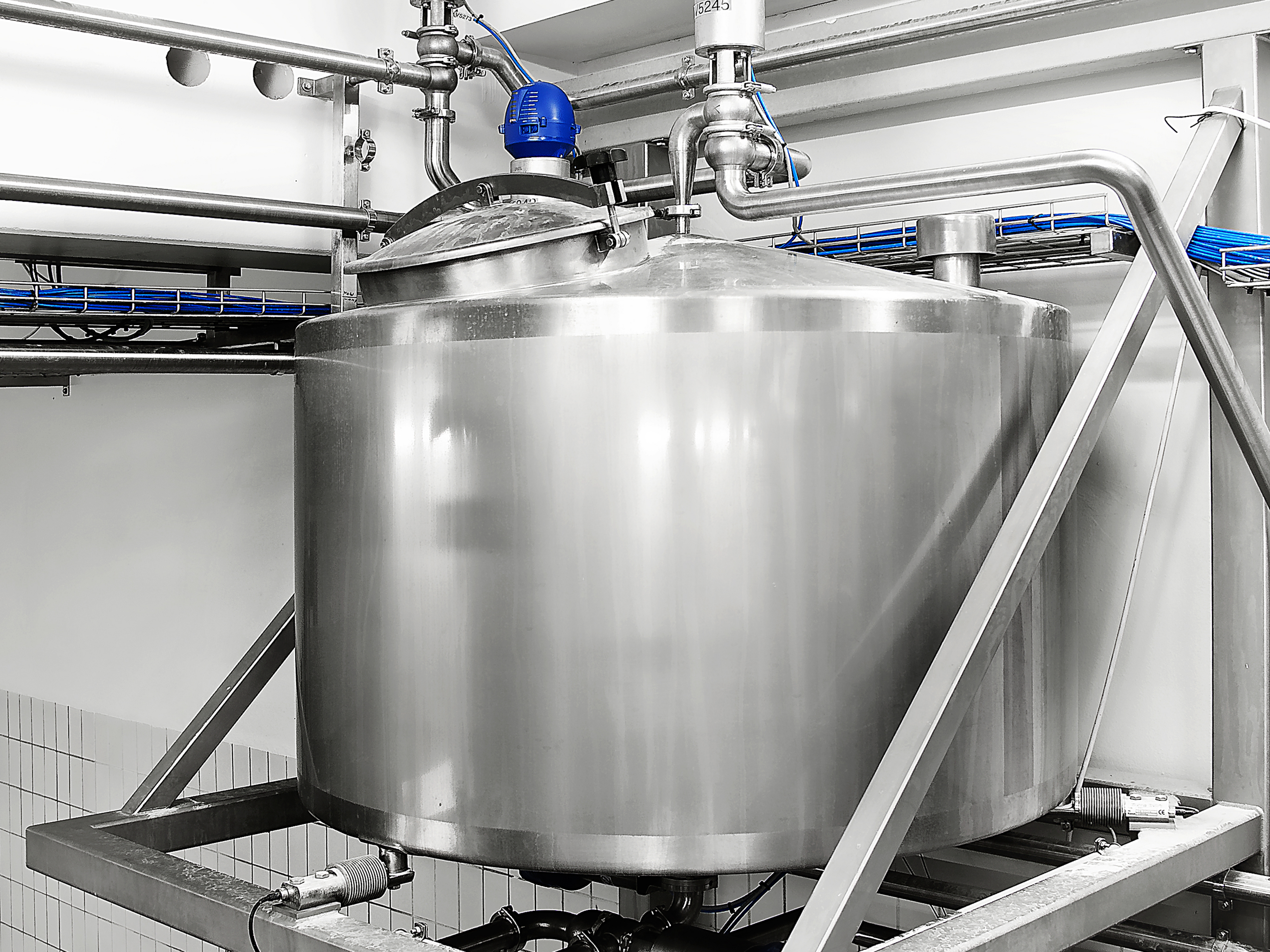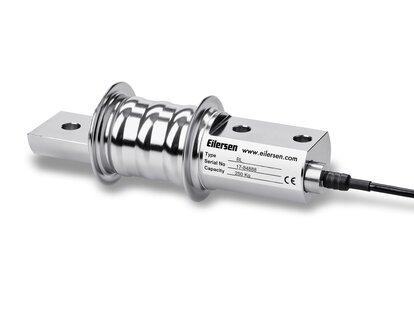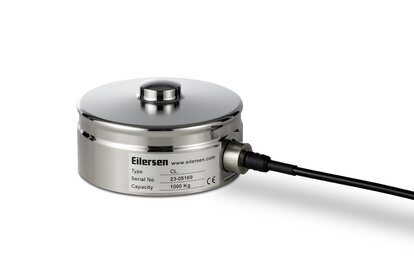Solutions for Hygienic Weighing
In the highly regulated food, pharmaceutical, and biotech sectors, hygienic weighing is not merely a technical requirement, it is a strategic imperative. Manufacturers must embrace weighing technologies that combine uncompromising precision with exceptional cleanliness to ensure product integrity and regulatory compliance.
Achieving accurate measurements, maximizing equipment efficiency, and ensuring consistent product quality, while minimizing downtime, are all critical to maintaining a competitive edge. However, hygienic environments present unique challenges that demand specialized solutions beyond standard equipment. Preventing contamination requires more than just robust cleaning procedures; it necessitates thoughtful process design that anticipates and mitigates risks at every stage.
Discover how advanced load cell technology is engineered specifically to meet the stringent demands of hygienic production environments. These solutions offer superior protection against contamination and resilience to rigorous cleaning protocols, while delivering the most durable performance available on the market.
Common applications for Eilersen’s hygienic digital weighing solutions include mixing, batching, filling, dosing, and gravimetric level monitoring.
Robust and reliable
Tolerates very high overloads, sideloads and torsion without needing recalibration, thus minimizing downtime.
Hermetically sealed and easy to clean
The sanitary design ensures a high cleanliness in production with no bacteria traps, while withstanding intense cleaning procedures.
Up to 99.99 accuracy in measurements
Achieve precise and reliable results with every measurement, ensuring flawless performance.
Challenges of Weighing in Hygienic Environments
Weighing in food, pharmaceutical and biotech environments presents unique challenges that go beyond accuracy and precision. Risk of cross contamination is one of the most critical challenges in all three industries, and should be prioritized throughout the production facilities.
Preventing contamination: The stringent hygiene standards prevalent in food, pharma, and biotech requires equipment that minimizes risk of contamination from bacteria, allergens, or other foreign substances. Some process equipment may have grooves, threads, or mounting kits, which can be difficult to keep clean and can accumulate contaminants. To prevent contamination, it is recommended that such equipment follow sanitary standards, for example, the internationally recognized guidelines for good design practice of sanitary equipment from the European Hygienic Engineering & Design Group (EHEDG).
Resisting harsh cleaning protocols: The hygienic environments of food, pharma, and biotech are notorious for their rigorous cleaning procedures, which include high-pressure and high-temperature washdowns, as well as concentrated cleaning agents. Equipment must withstand these procedures without compromising performance or integrity. Construction materials must be corrosion-resistant, non-toxic, and non-absorbent, and surface roughness should prevent the accumulation of microorganisms. Construction should be open and easily accessible, and corners should be rounded to avoid dead spaces and hollow areas where bacteria can accumulate. Welds should be continuous, smooth, and polished, and fasteners and open threads should be avoided.
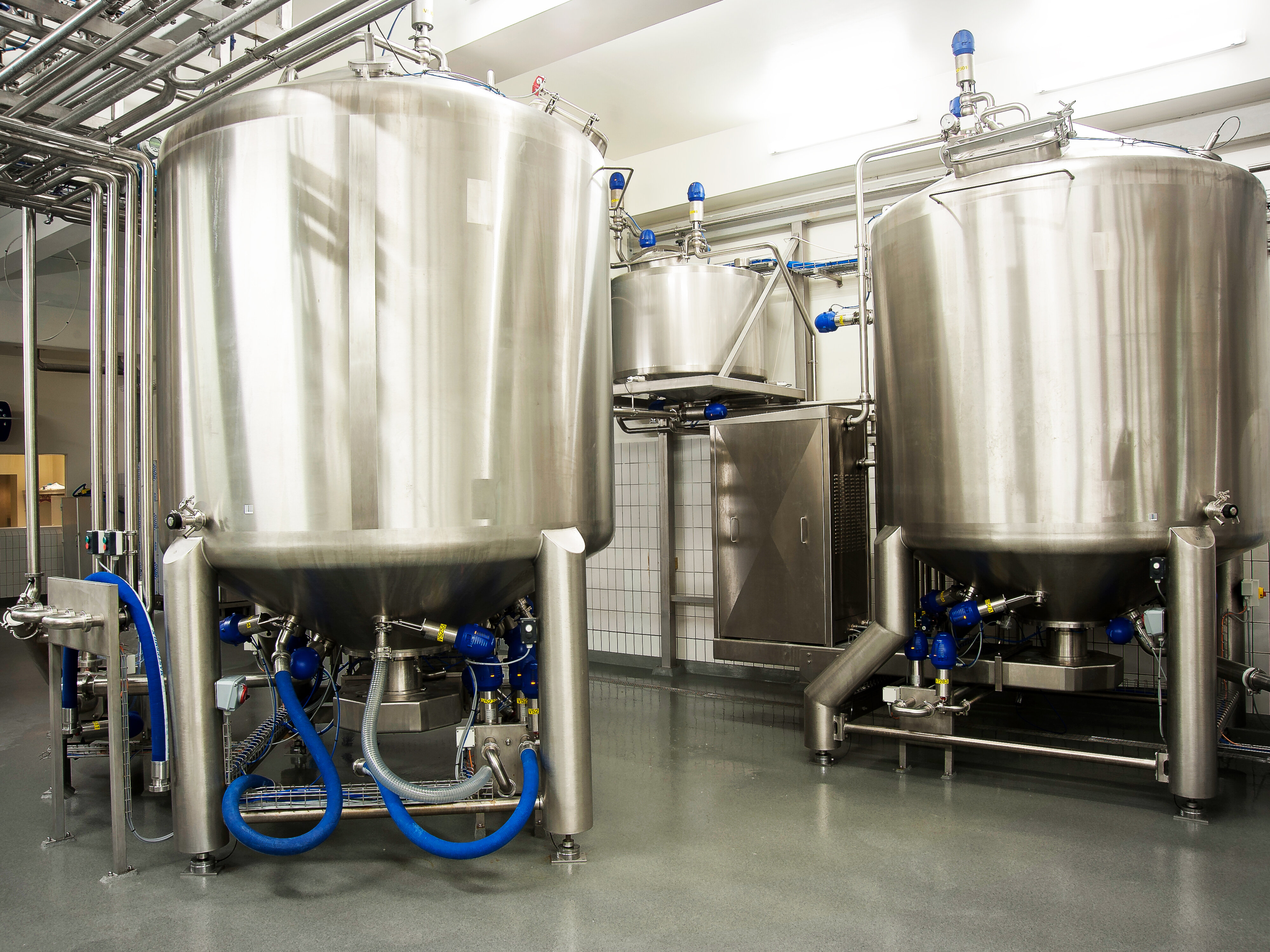
4 Considerations for Hygienic Design
When designing for hygiene in food, pharmaceutical, or biotech applications, several critical factors must be addressed to ensure safety, regulatory compliance, and operational efficiency. We suggest the following four considerations.
Surfaces: All equipment and surfaces must be constructed to allow thorough cleaning – both for product contact and non-product contact areas. This means eliminating crevices, dead spaces, and hard-to-reach areas where bacteria and other contaminants can accumulate.
Material compatibility: The standard metal in processing environments is stainless steel (AISI 316L). Consider using this material in areas that undergo rigorous cleaning procedures.
Hermetic sealing: Even small amounts of water inside an electrical housing or system can foster microbial growth or compromise the performance and reliability of the encapsulated electrical components. Hermetic sealing prevents moisture and gas permeation, helping protect electronics from component and system failure in environments that undergo rigorous cleaning procedures.
Avoid bacteria traps: Areas that are difficult to clean are prone to scrapes and scratches, which present risks for contaminant or water accumulation. Most load cells require mechanical mounting kits for installation. These kits are difficult to clean due to bolts and crevices and can therefore be prone to accumulating contaminants. Consider using load cells that do not require mechanical mounting kits for you system, as this approach is easier, cheaper, and reduces the risk of contamination.
Weighing for Clean Environments
Eilersen load cells use digital capacitive technology and are developed and produced in Denmark. The technology is engineered to address the challenges of contamination control without compromising on accuracy or durability. Eilersen load cells are produced in stainless steel, laser welded, and hermetically sealed to IP68. This makes cleaning fast and easy.
Eilersen load cells don't need mechanical mounting kits, making them easier to keep clean and avoiding bacteria traps.
In some production facilities, concentrated cleaning agents may be harsh on cables, causing them to disintegrate. With Eilersen, load cell cables are replaceable and can easily be swapped without having to recalibrate the load cell.
When choosing Eilersen load cells, your production benefits from resilience against rigorous cleaning procedures, protection against contamination, and a guaranteed durable load cell with reliable, repeatable accuracy.
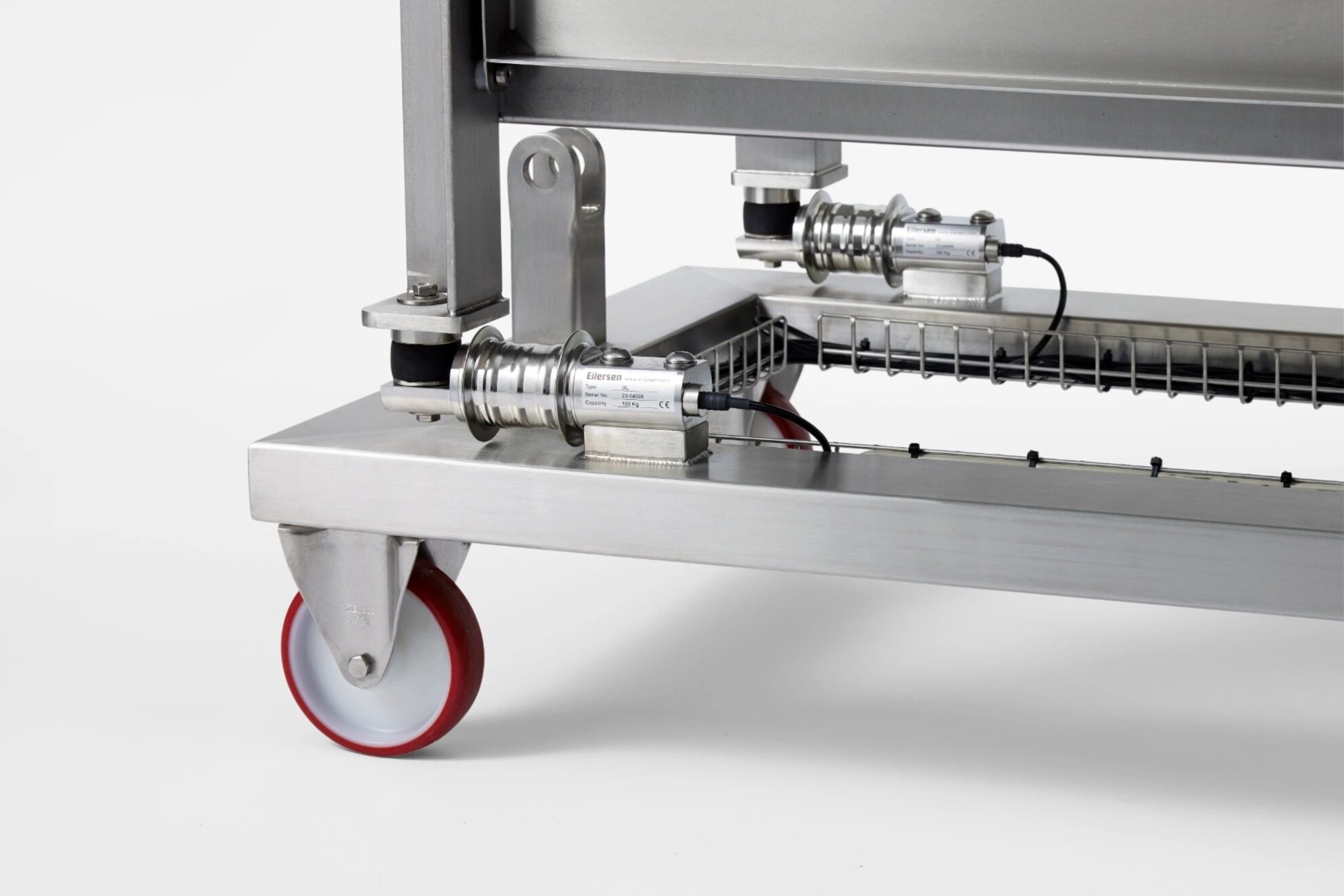
Hygienic Weighing Applications
